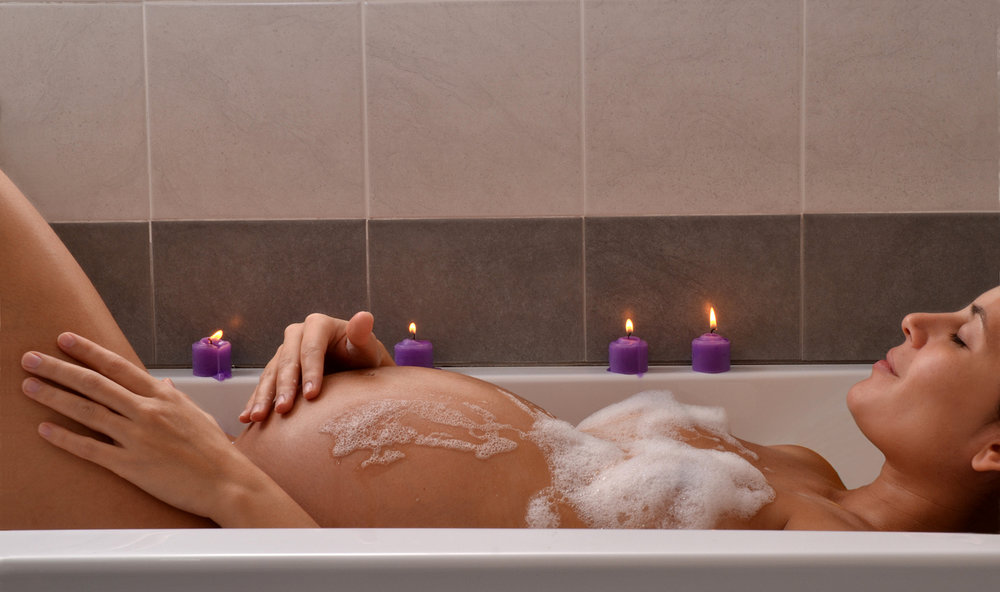Top tips to prevent perineal tearing during childbirth

Who knew the tiny space between the vagina and the anus could cause so many problems! This tissue, known as the perineum, can become strained during vaginal childbirth and is at risk of spontaneous or surgical tearing.
What is perineal tearing…
There are different degree’s depending on how deep the tear is and what tissues are affected. There are also anterior tears – the top portion of the vagina, and posterior tears – involving the bottom portion of the vagina.
- A first degree tear involves the top layers of skin or the frenulum of the labia minora.
- A second degree tear goes a bit deeper involving the muscles below.
- A third degree tear involves the vaginal tissue.
- A fourth degree tear is more serious and occurs from the vagina to the anus and surrounding tissue.
Third and fourth degree tears should be repaired by an experienced obstetrician. Approximately 50% of all mothers will have some degree of perineal tearing, however, most tears are first or second degree and require stitches to promote healing.
Preventing perineal trauma
Delivery position – To prevent or minimize perineal trauma, the best positions to deliver is on hands in knees, side lying, or in a squat position. These positions alleviate pressure from this area. Your midwife or medical doctor will also apply pressure to this area during delivery of the head and face and may even tell you when to push to ease the perineum during labour.
Prepare the area – Applying warm compresses to this area and encouraging the mother to relax her muscles will also reduce risk of tearing, the more a mother is tensing the more risk of tearing. In a recent Cochrane review, it was determined that perineal massage during pregnancy significantly reduce the incidence of perineal trauma during birth.
Optimize nutrition – Providing your body with nutrient dense foods is important for so many aspects of pregnancy including providing your body with the ability to heal quicker. Choose foods rich in antioxidants such as vitamin C. Consider daily servings of colourful vegetables, berries, and cruciferous vegetables (broccoli, kale, cabbage, broccoli sprouts, cauliflower, etc.). Protein is also very important for tissue healing, ensure getting the correct amount of protein each day.
Risk factors
The more common reasons a mom may experience a perineal tear include: first time moms, larger babies, and use of forceps, however, this is not always the case.* There does not seem to be a correlation with oxytocin use or epidural anesthesia and increased risk of tears.
While the perineum is generally not top of mind for most women while they are pregnant, taking the time to massage and soften this area prior to delivery may save problems afterwards.
Find out more about preparing your body for childbirth (and perineal massages) and postpartum care here.
*Christianson, et al., Risk factors for perineal injury during delivery, American Journal of General Obstetrics and Gynecology Obstetrics: 2003.
Previous Post
Next Post
Sleep is so important but the optimal amount is different for each family member.
It depends on age and other factors.
Find out the healthy sleep ranges by age, for you and your growing family.
Starting with babies (newborn to one year),
toddlers, preschoolers, school aged
children, teens and adults.
Guide to optimal family sleep (daytime naps & at night)
FREE download
Be the first to know about special
offers and resources
for our community only.
Don't miss out!
Become a Calm Parent Insider
FREE gifts & resources
CALMMOTHER LIMITED © 2023 | ALL RIGHTS RESERVED
terms | privacy | contact
Simplifying life for parents so you can focus on what matters most to you.
Live your best life with kids!
+ Show / Hide Comments
Share to: